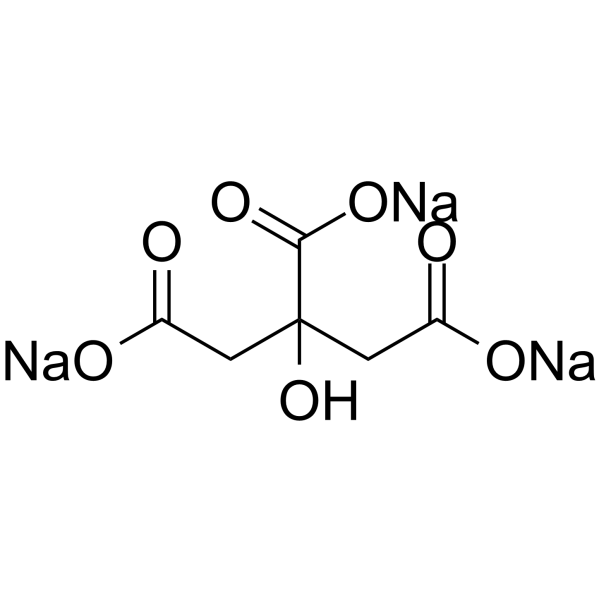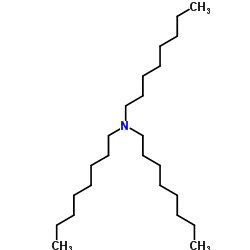| Structure | Name/CAS No. | Articles |
|---|---|---|
 |
sodium chloride
CAS:7647-14-5 |
|
 |
Acetonitrile
CAS:75-05-8 |
|
 |
Hydrochloric acid
CAS:7647-01-0 |
|
 |
Methanol
CAS:67-56-1 |
|
 |
Disodium hydrogenorthophosphate
CAS:7558-79-4 |
|
 |
L-(+)-Lysine monohydrochloride
CAS:657-27-2 |
|
 |
potassium chloride
CAS:7447-40-7 |
|
 |
Sodium citrate
CAS:68-04-2 |
|
 |
sodium dihydrogenphosphate
CAS:7558-80-7 |
|
 |
Trioctylamine
CAS:1116-76-3 |